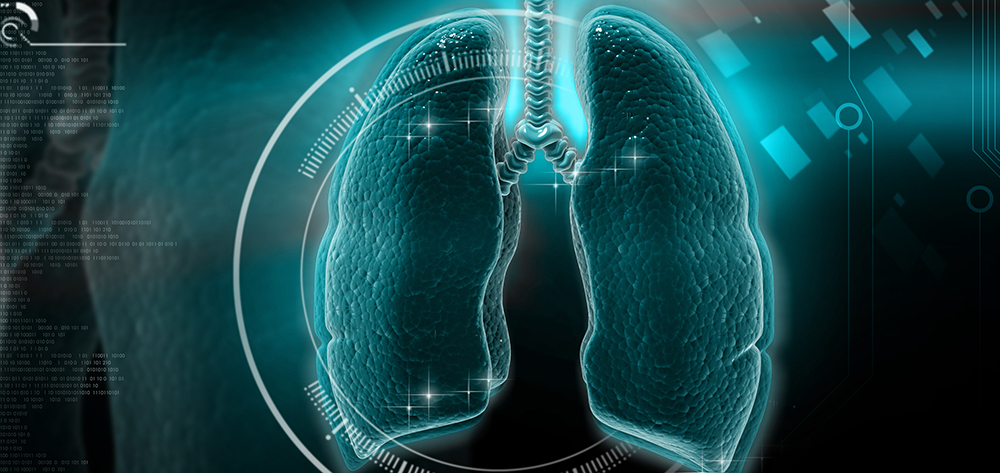Julia Stafford, age 54, arrives alone to the emergency department (ED). The triage nurse notes she’s diaphoretic and breathing rapidly, and escorts her to an examination room for immediate assessment.
History and assessment hints
The ED nurse obtains Ms. Stafford’s vital signs: heart rate 110 beats/minute, respiratory rate 32 breaths/minute, and oxygen saturation 88%. On physical examination, she notes decreased chest movement, diminished breath sounds, and hyperesonance on the right side. The patient reports she suddenly began to feel short of breath and developed sharp right-sided chest pain. Her shortness of breath grew more severe about 1 hour ago, and she started having chest pain in her breastbone that radiated to her back. The pain worsens with movement and deep inspiration.
When obtaining Ms. Stafford’s medical history, the nurse notes she smoked for 30 years and quit 6 years ago, and that 2 months ago, she was diagnosed with bullous emphysema, a progressive emphysema marked by subpleural and intrapulmonary bullae or blebs.
Call for help
Based on the patient’s sudden shortness of breath and acute chest pain, the nurse suspects a tension pneumothorax, possibly from a ruptured bulla or bleb. She alerts the emergency physician, who orders a STAT chest X-ray and supplemental oxygen. The X-ray reveals a large, right-sided tension pneumothorax with an 80% collapse of the right lung.
On the scene
The physician orders a thoracostomy to evacuate air from the pleural space and allow the lung to re-expand. The nurse prepares Ms. Stafford for the procedure and assists with chest-tube insertion; then she connects the tube to a drainage system with water suction, as ordered. She gives oxygen via nasal cannula at 3 L/minute to speed reabsorption and lung expansion.
A second X-ray immediately after the procedure verifies proper tube placement and patency and shows significant improvement in the pneumothorax. The physician orders a repeat chest X-ray in 24 hours, morphine 2 mg I.V. every 4 to 6 hours p.r.n. for pain, incentive spirometry, and a consult with the pulmonologist. Ms. Stafford is transferred to a med-surg unit.
Outcome
On the med-surg unit, the goals of nursing care for Ms. Stafford include preventing complications, managing pain, and providing patient education. The nurse routinely checks the chest-tube system for a large amount of bubbling that’s out of rhythm with the patient’s breathing pattern, which could indicate a leak in the system. She assesses all connections for a possible leak and examines the tubing frequently to ensure patency. She monitors the patient’s vital signs and pain level and observes for splinting or decreased breath sounds, which may indicate poor lung expansion.
Education and follow-up
In pneumothorax, a rupture in the pleura or chest wall causes trapping of air or gas in the pleural space; air accumulation leads to lung collapse. In a tension pneumothorax, the pleural rupture acts like a one-way valve, allowing air to enter the pleural space on inspiration but preventing its escape on expiration. As air continues to accumulate, positive pressure replaces negative pressure, and more pressure is placed on the collapsed lung and mediastinum. In Ms. Stafford’s case, the tension pneumothorax resulted from ruptured bullae. Life threatening, it progressed rapidly.
On her third hospital day, a chest X-ray indicates full expansion of the right lung. The physician removes the chest tube and discharges Ms. Stafford. The nurse instructs her to avoid showering for 2 days to keep the dressing over the chest-tube site dry, to follow up with the pulmonologist, and to avoid air travel until cleared by the pulmonologist.
Click here for a list of selected references.
Toni Ann Loftus is a Lieutenant Colonel in the United States Army and a doctorate of nursing practice student at Wilkes University in Wilkes-Barre, Pennsylvania.


















